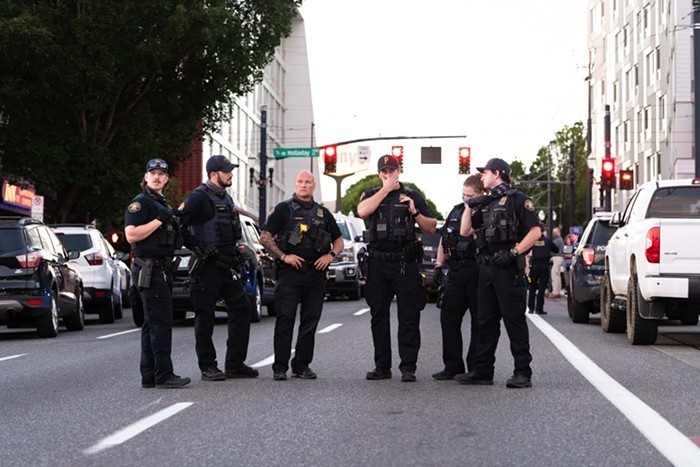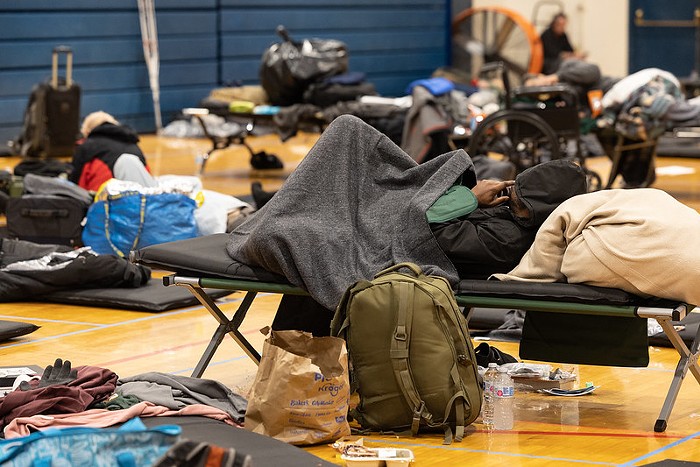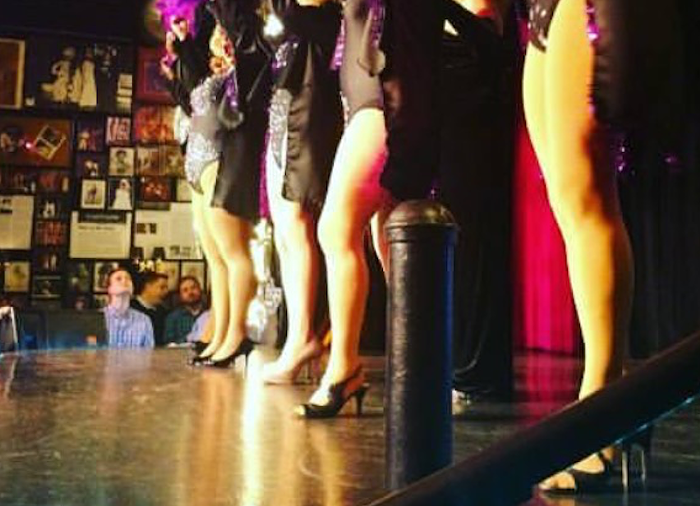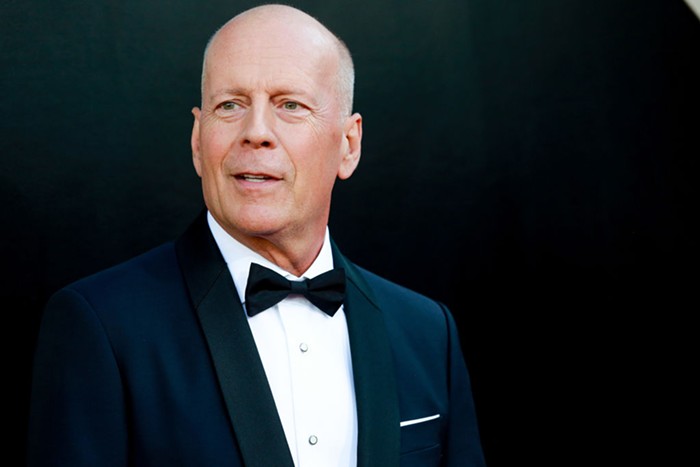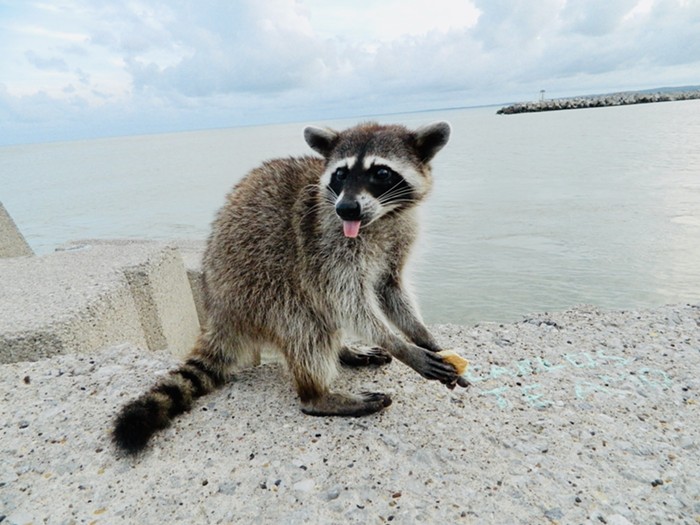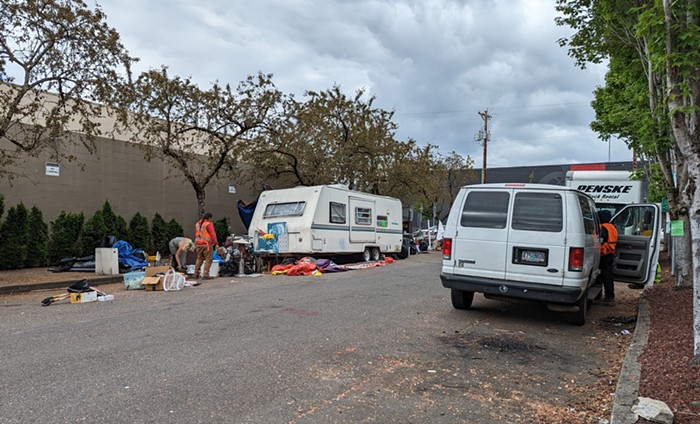Spring Forward
The Sun is Returning. Put Down Your Dystopian Literature and Get Out There with Our Guide to Arts and Culture
To the Shire!
Appreciating John Yeon, Portland’s Unsung Hero of Architecture
In The Black, Intisar Abioto Documents Connection, Community, and Place
The Black Portlanders Photographer Traces Black Roots in Portland and Beyond
The Shirley Jackson Project is Like a Collection of Ghost Stories
Portland Comic Artists Share Their Passion for Shirley Jackson, Queen of Gloom
Inside Stream PDX’s Mobile Recording Studio
How an Airstream Trailer on NE MLK is Making Podcasting More Accessible
Rethinking the Canon
Portland Writer/Artist Dao Strom Discusses a New Local Effort to Showcase Authors of Color
Laura E. Hall, Escape Artist
Get Trapped With Portland’s Leading Escape Room Designer
Move Over, Maru. Make Way, Lil Bub!
It’s Oregon Cats’ Time to Shine at a New Cat Video Festival
Look closely and you can begin to make out Intisar Abioto’s reflection looking back at you through her subject’s sunglasses, helmets, and eyes. The culmination of over two years spent traveling the world, The Black is intimate portraits of Black folks taken in places like Portland, Johannesburg, Italy, and Inglewood. Currently on view at the University of Oregon’s White Box gallery in Old Town through February 25, the showcase displays dozens of Abioto’s most stunning images from her travels, as well as a short film made in collaboration with local filmmaker Roland Dahwen Wu.
Best known for her blog and ongoing art project The Black Portlanders, Abioto views The Black as an evolution and continuation of that work. “In speaking with Black Portlanders—elders particularly—there’s this recurring theme of their migration from places like Mississippi and Louisiana and Alabama,” she explains. “I want to honor that history.”
As she traces these stories through her lens, we are given the opportunity as an audience to bear witness to Abioto’s archival process with each shoot. For every person she documents, she includes multiple photographs. Though certain images exude a crispness akin to editorial shoots, others invite you in to watch some of life’s most private moments: Tough-looking teens in moon boots reveal soft smirks between poses, while a dapper young professional breaks eye contact, seemingly caught in the discomfort or vulnerability of having his photo taken.

Abioto describes the arrangement of her show as an in-person version of her blog. “It is always so hard for me to choose just one photograph,” she says. “I’ve decided to let go of that pressure. I like the incremental release. I like the unfolding of beauty and expression.”
Her signature multi-image approach combined with the physical presentation (prints held up simply by thumb tacks, with their locations jotted beneath in pencil) effectively strips away any notion of pretension and builds upon the images’ tender familiarity.
Abioto explains that the setting of her shoots informed how they came to fruition. “I’m not approaching it with the working sense of someone who is knowledgeable about the environment, the culture, [and] the needs of the current culture,” she says. “Because of the histories of oppression of people of African descent internationally, there are other things to be aware of. Other localized cautions.”
The film element of The Black allows Abioto to shift the focus back onto herself. Shot the day after the election, she describes the process of moving for the camera as “a vibrant work in action... I was able to [transport] out of the deep gloom and fear of that day into something else, something more eternal. Art transports us, transforms us—despite all.”
Abioto hopes that in celebrating the roots of Black people, whether through film or photography and in places near or far, “it’s investing us with imagery that will help us fortify our time here in this city and elsewhere. That sense—of our being everywhere and from many places—feeds me with possibility. An idea that anything can happen [and] that we can choose how we are, for ourselves. I don’t want us to forget.”


